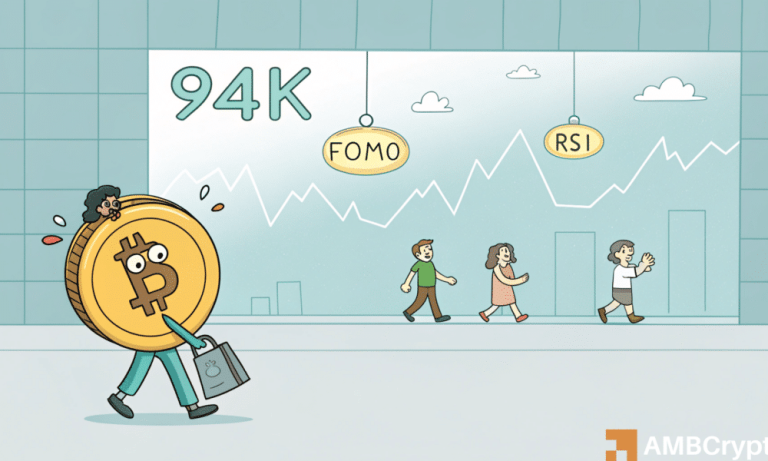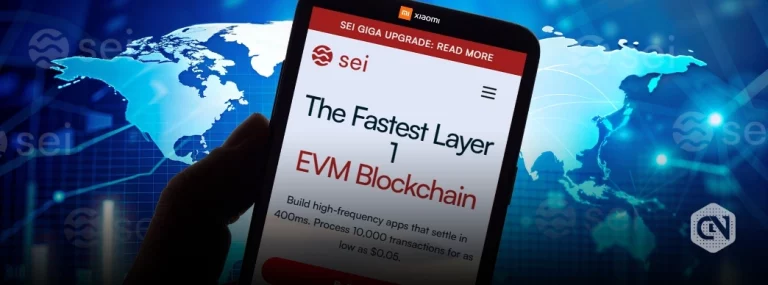
The Initial Stages of E-commerce

E-commerce began transforming the retail sector in the late 20th century when businesses first established online presences through simple websites. Early adopters, like Amazon and eBay, showcased how brick-and-mortar businesses could extend their reach, ultimately offering an unprecedented variety of products at keen prices.
Initially, consumer trust was a major hurdle for e-commerce ventures, as confidentiality and concern regarding transaction security were effectively notorious.
The Internet Advancements Driving Change

Fast forward to today, the prominence of high-speed internet and mobile technology has propelled the growth of e-commerce. By 2025, it is predicted that more than a third of all retail sales worldwide will come from online shopping platforms. Statistics reveal an increased consumer comfort and reliance on digital transactions.
As 5G technology spreads, lightning-fast internet access alters shopping paradigms with mobile optimizing features like augmented reality (AR) and virtual shopping experiences. Social Media platforms branded as e-commerce communities revolutionize shop-atoms, solidifying user spending behavior.
Transformative Technologies Reimagining E-commerce

Notable technological advancements are redefining how consumers engage with e-commerce. Artificial Intelligence (AI) and Machine Learning (ML) play crucial roles in personalizing user experiences, recommending products based on shopping history and predictive analytics. Furthermore, voice-activated shopping and chatbots are proposed to become the normative form of consumer-to-business interactions by 2025.
Many e-commerce giants are investing in Avatars assistance tools through merchandizing intent trendings predicted to further tap into customization consumer desires.
Changing Consumer Behavior and Expectations

As companies prioritize sustainable practices, environmentally conscious shopping behaviors become prevalent by 2025. User retention strategies are focusing increasingly on building lasting relationships supported by dynamic customer service and engagement tactics across all platforms.
The paradigm of immediacy also deeply influences buyers: seeking convenience and instant gratification necessitates the increase in delivery and fulfillment capabilities and last-mile innovations escalate to improve customer journeys.
The Parting Thought towards the Future of E-commerce

The e-commerce market is on track toward an astonishing transformation by 2025 driven by technological innovations and changing user expectations. As participants in this nascent digital economy, businesses must remain adaptable, continuously evolving and shaping how products and services motivate economic engagements and underwrote brand loyalty by overturning the project impel paradigm of sustained consumer expectations. Continuous adaptation will leverage essential communication resolving new challenges e-commerce may usher forth.





